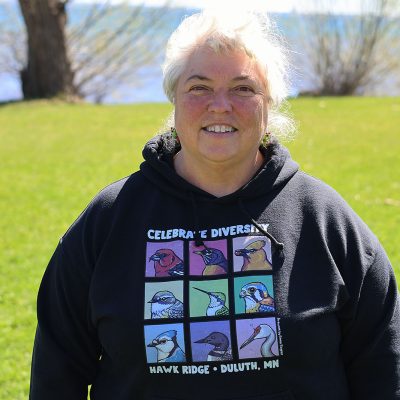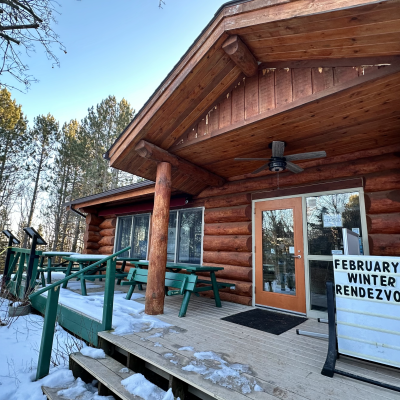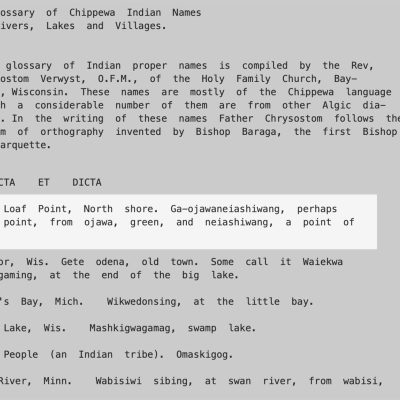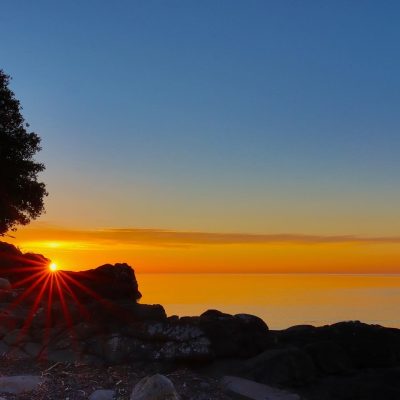Sugarloaf Cove
On the western edge of Cook County, you can follow a trail through the woods onto a unique northeast-facing cove on Lake Superior’s North Shore. The curve of the cobbled beach displays a remarkable diversity of rocks, leading to a rich green forested point, home to over one hundred varieties of lichen and other rare plants otherwise found only near the arctic. At the end of the point is a large rocky prominence, with evidence of lava flows hinting at the long and dramatic history of this special place called Sugarloaf Cove.
In this three-part series of the Lake Superior Project, we explore the history of Sugarloaf Cove through interviews with naturalists Margie Menzies and Dominique Menard, Ojibwe Language Scholar Erik Redix, and former Sugarloaf resident Alan Ingram.
Episode One explores the geology of Sugarloaf Cove, from basaltic lava flows created 1.1 billion years ago, resulting in Lake Superior’s rugged shoreline including Sugarloaf Point, up to the age of glaciers which lasted until around 10,000 years ago.
Episode Two explores the natural history of Sugarloaf, beginning with the melting of miles-thick glaciers and eventual formation of Lake Superior, setting the stage for plant and animal life to re-emerge. Delicate arctic disjuct plants such as Hudson Bay Eyebright have managed to survive in the cool, moist microclimate of Sugarloaf Point.
Episode Three explores the human history of Sugarloaf, from early Indigenous history to the arrival of the Ojibwe, research showing a likely Ojibwe name for Sugarloaf Point (“Gaa-ozhaawaa-neyaashiing” or “Green Point”), and stories from the childhood of Alan Ingram who grew up on Sugarloaf Cove when it was owned by Consolidated Paper, Inc. Alan’s father was a forester for the paper company and made the decision to donate Sugarloaf Cove to Nature Conservancy when operations were shut down. The efforts of University of MInnesta-Duluth geologist Dr. John C. Green and the late Minnesota Gov. Elmer Andersen, among many others, led to the creation of Sugarloaf Point Scientific and Natural Area in 1992.








Lake Superior Project is supported in part by the Minnesota Arts and Cultural Heritage Fund.












